Learning to speak through play - interview with speech therapist Patricia Pomnitz
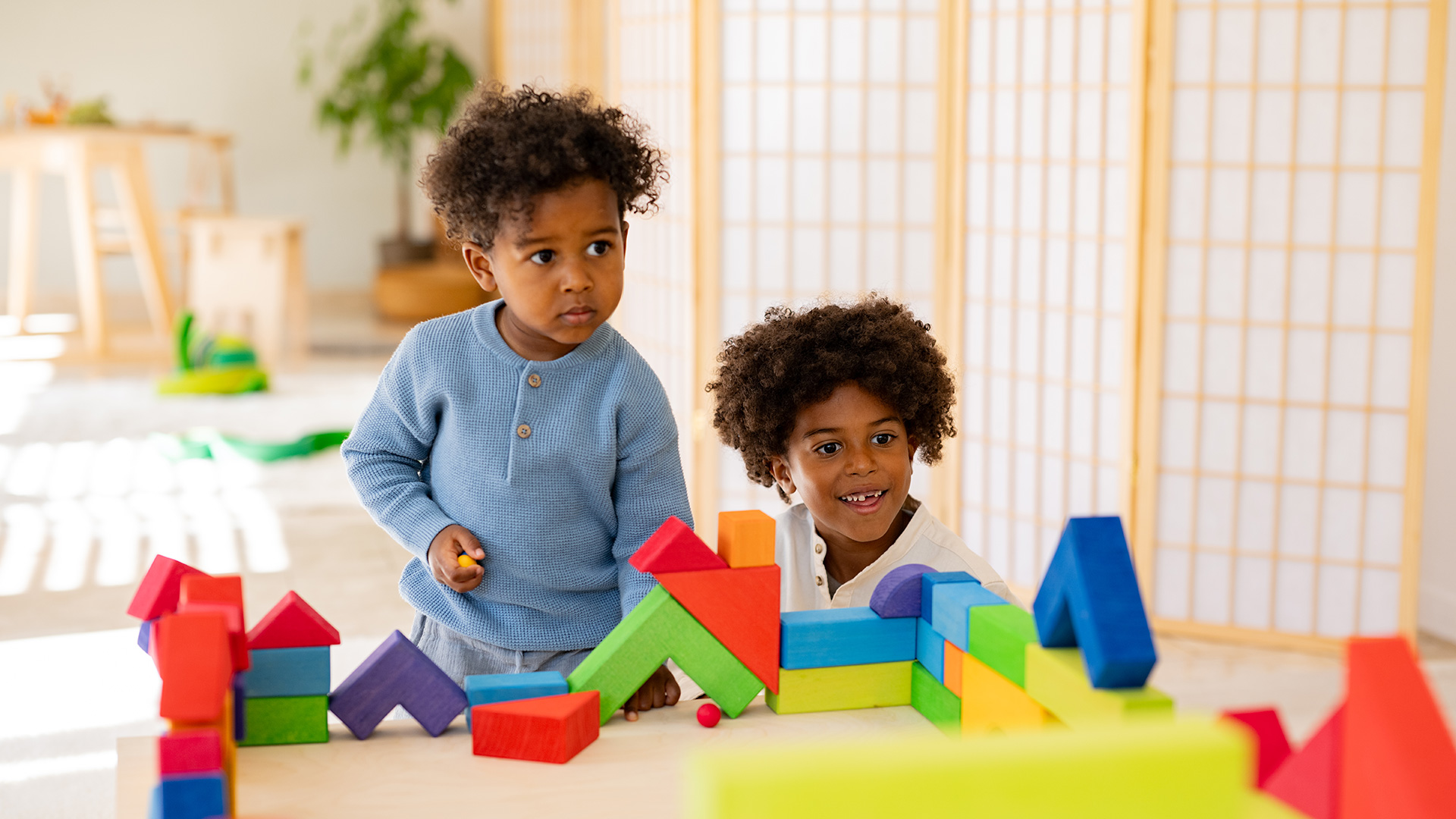
GRIMM'S: Patricia, when it comes to toys, your motto is "less is more!" What's behind it?
Patricia: Too many toys impair the quality of play. If a child is confronted with too many toys, they are often unable to make a decision and find it difficult to start playing. That's why I advocate fewer toys with simple materials. This also benefits language development.
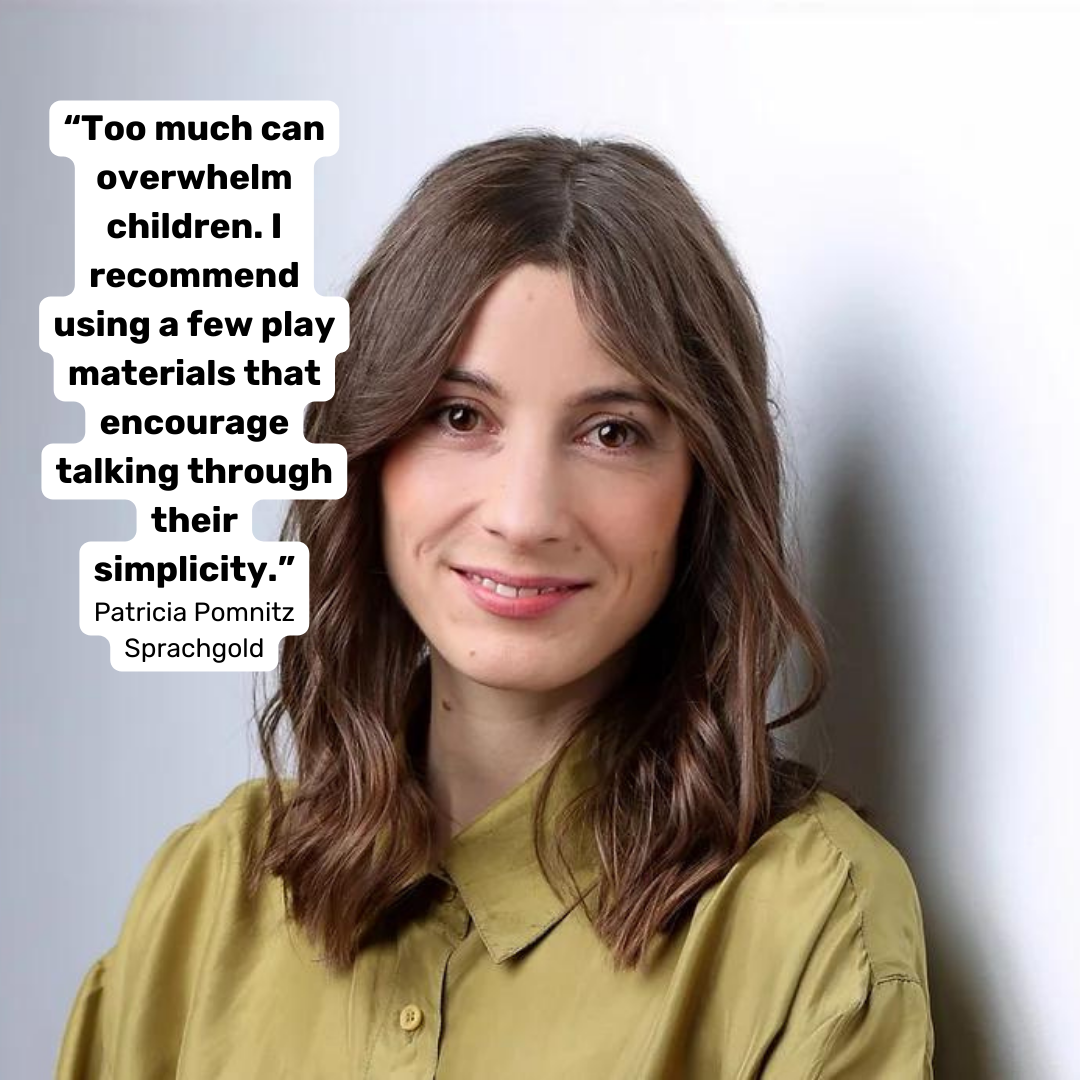
GRIMM'S: What do you mean by simple materials and what does the type of toy have to do with language development?
Patricia: For me, simple play materials are building blocks or dolls. Playing with them encourages a child's imagination and symbolic skills. And studies show that parents use more and richer language when playing with simple materials, from which the child naturally benefits. In contrast, there is less talking when playing with complex toys, because when the toy itself flashes and makes noises, less initiative is required.
GRIMM'S: So children can work on their language skills while playing with their parents?
Patricia: Absolutely! Through play, children understand the world and can come to terms with themselves and the things in life in a relaxed atmosphere. And play is also the vehicle in paediatric therapy, because: By embedding therapeutic exercises in play, the session can be child-orientated in the first place. This is particularly important with younger children. The younger a child is, the more playfully I implement speech therapy.
GRIMM'S: Can you give us a few practical examples from your day-to-day work as a speech therapist?
Patricia: Gladly. If, for example, a toddler needs to form concepts and learn words, I support this with so-called functional play. The child discovers the function of things and tries them out again and again. For example, the child makes a car drive back and forth. This brings the child into contact with the terms "car" and "drive". From then on, the child associates the word "drive" with a specific action. It has therefore learnt new words through an experience it has had itself - driving the toy car. Later, the child will realise that the word "drive" is also used in other situations (e.g. train, bicycle, tram) and can thus make a connection.

Role play is also very popular with kindergarten children. Here, children experience what it means to put themselves in another person's shoes. They adopt different points of view, can experience feelings and put them into words. They learn to take turns and practise the rules of conversation through play: ask, wait, answer.
Furthermore, by planning play actions and acting out storylines, they also practise skills that can later be used to organise stories or essays into a logical sequence.
All of this is fun for children and everything that is fun is motivating!
GRIMM'S: So toy cars can be found in your practice rooms. What other types of toys do you use?
Patricia: I make sure that the materials I use invite children to play together, because: Vocabulary, grammar and storytelling skills are trained and developed through play. The all-purpose weapon in my work are classic building blocks. Children love to get creative with blocks by stacking, knocking over or building. Important language skills can be promoted in the process:
- Combining actions with simple language, e.g. when throwing around "bum, bing, oh-oh, zack kaputt!"
- Categorising by colour, shape and size
- learning prepositions (on, under, over, next to, behind...)
- promoting symbolic skills, e.g. when a building block is misused as a telephone
GRIMM'S: Thank you very much for your time and expertise, dear Patricia!
Visit the german online platform Sprachgold by Patricia Pomnitz.

-
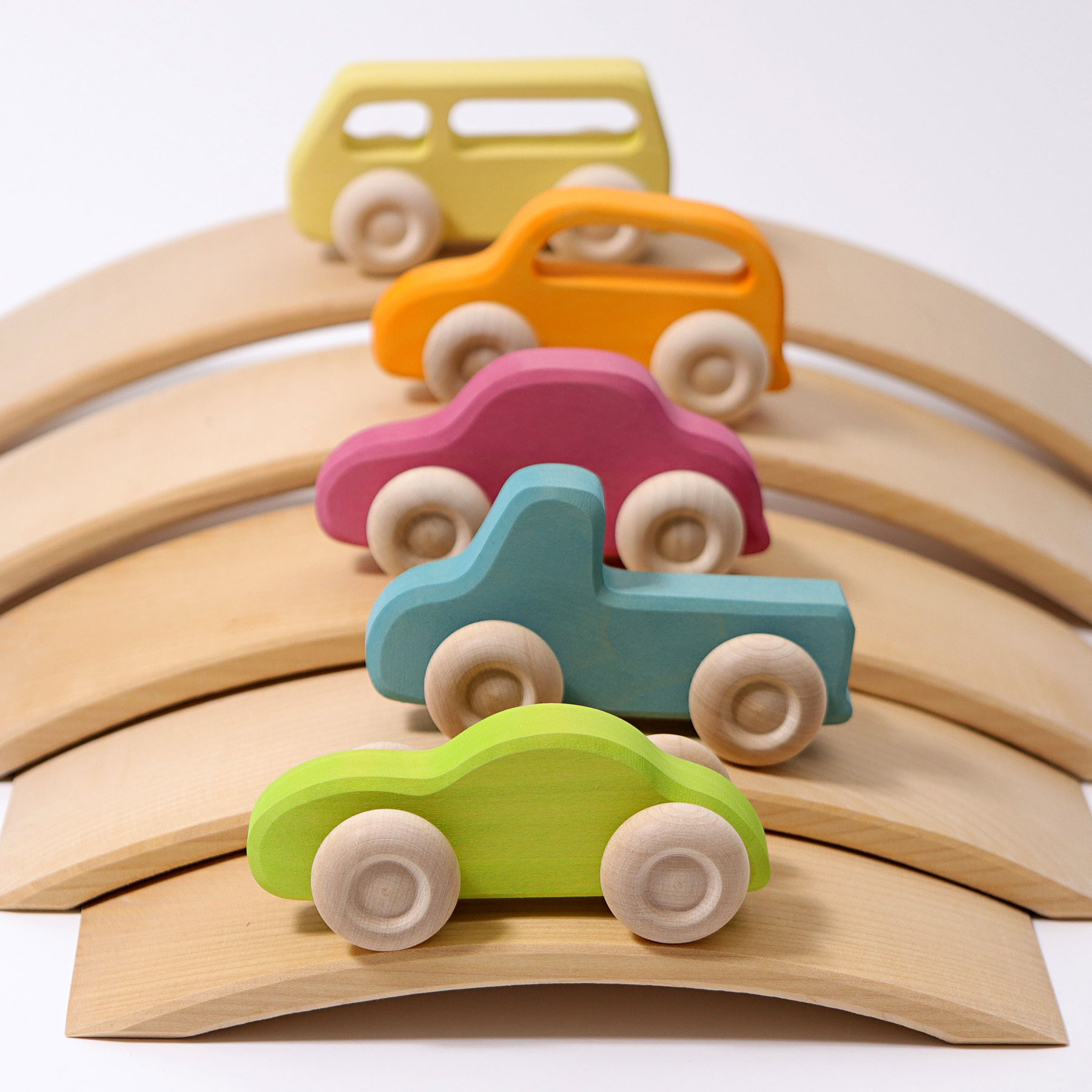 €59.95*
€59.95* -
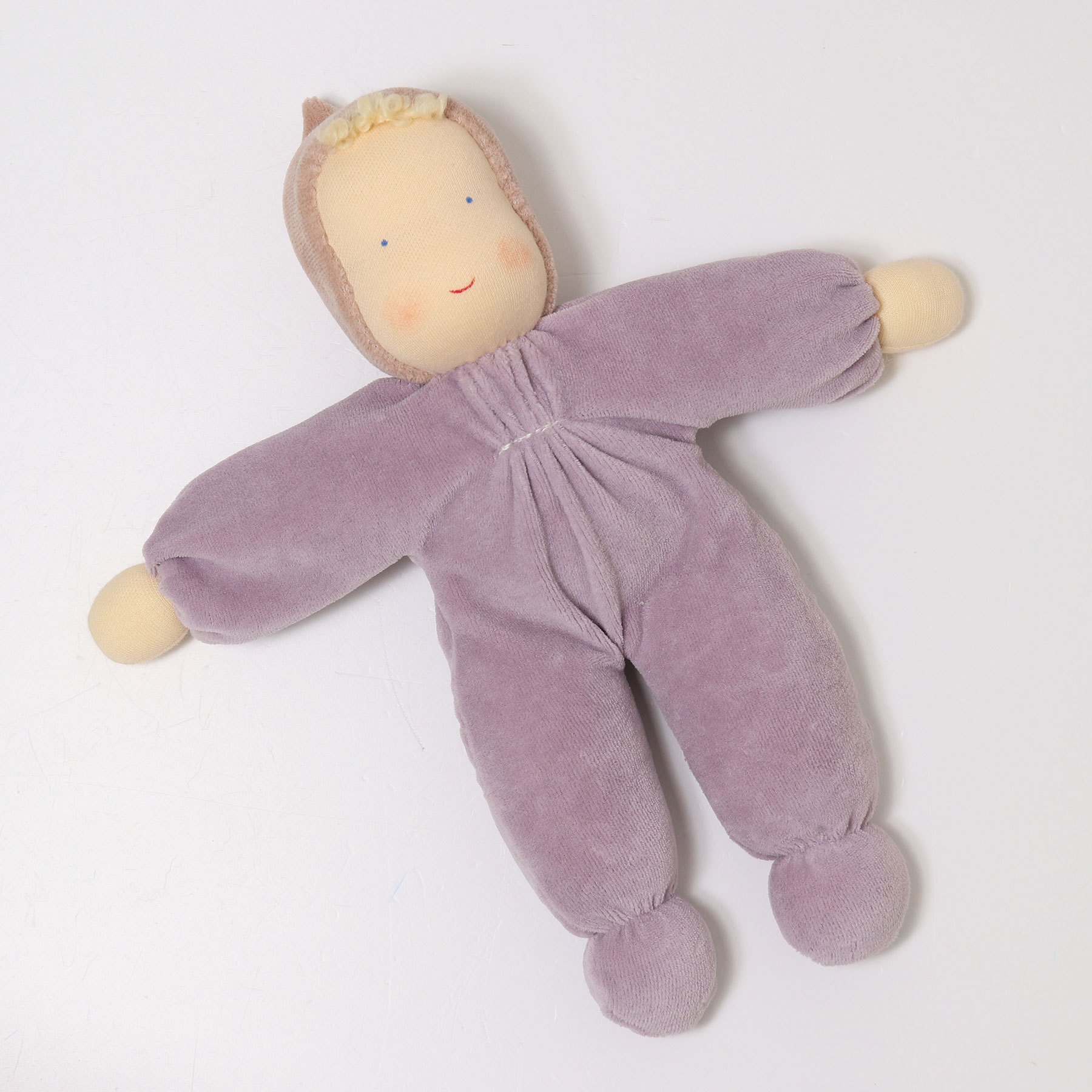 €52.90*
€52.90* -
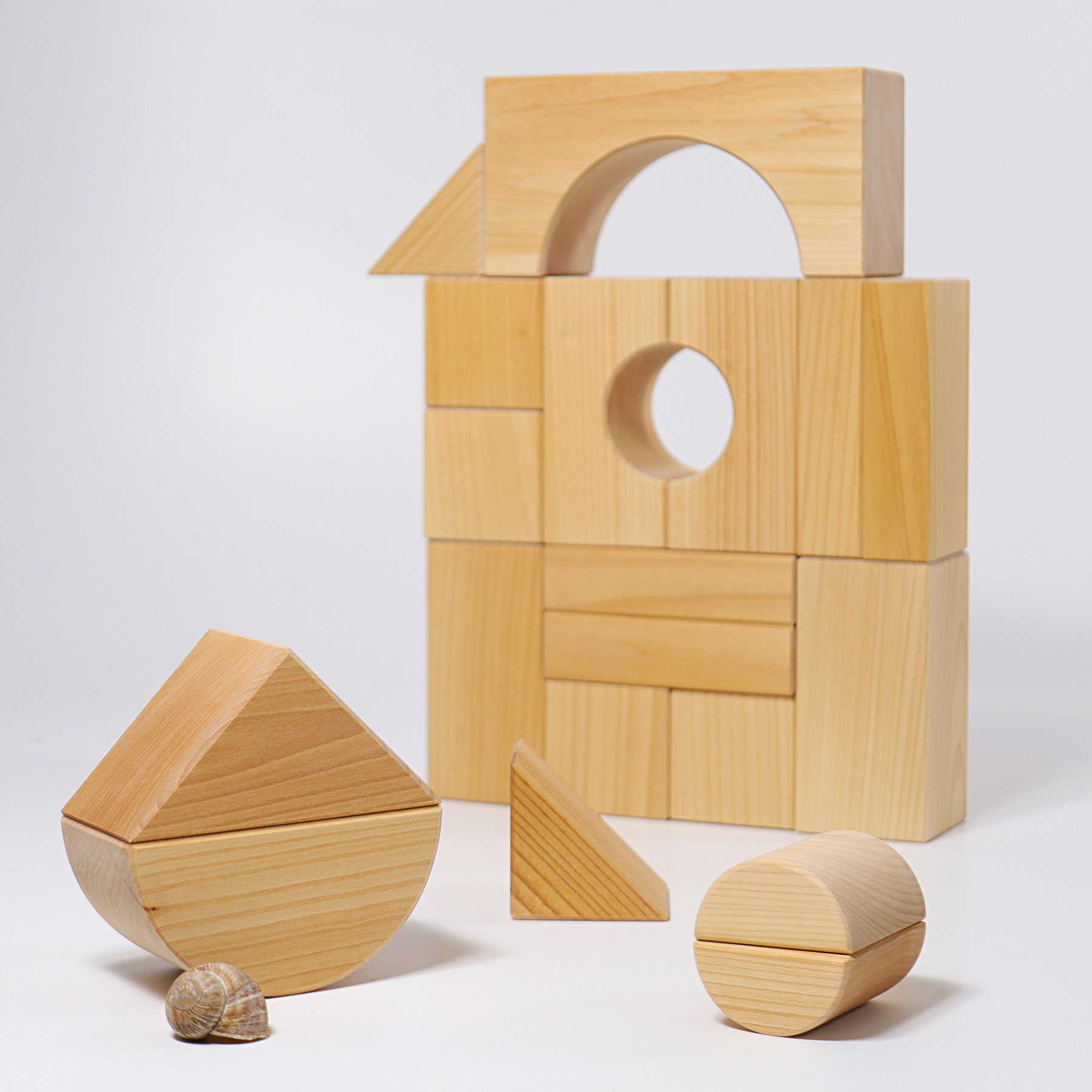 €89.95*
€89.95* -
 €67.50*
€67.50* -
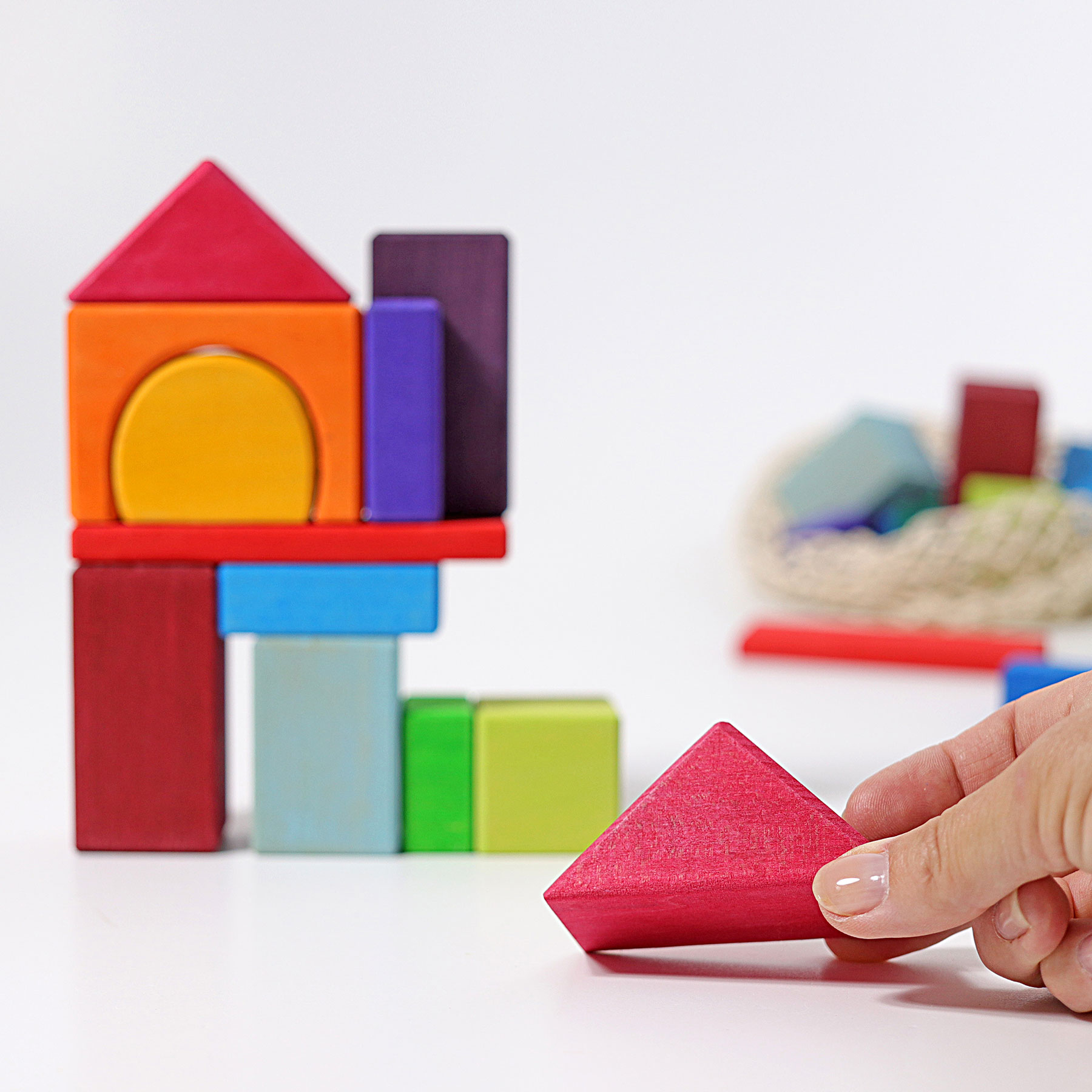 €36.50*
€36.50* -
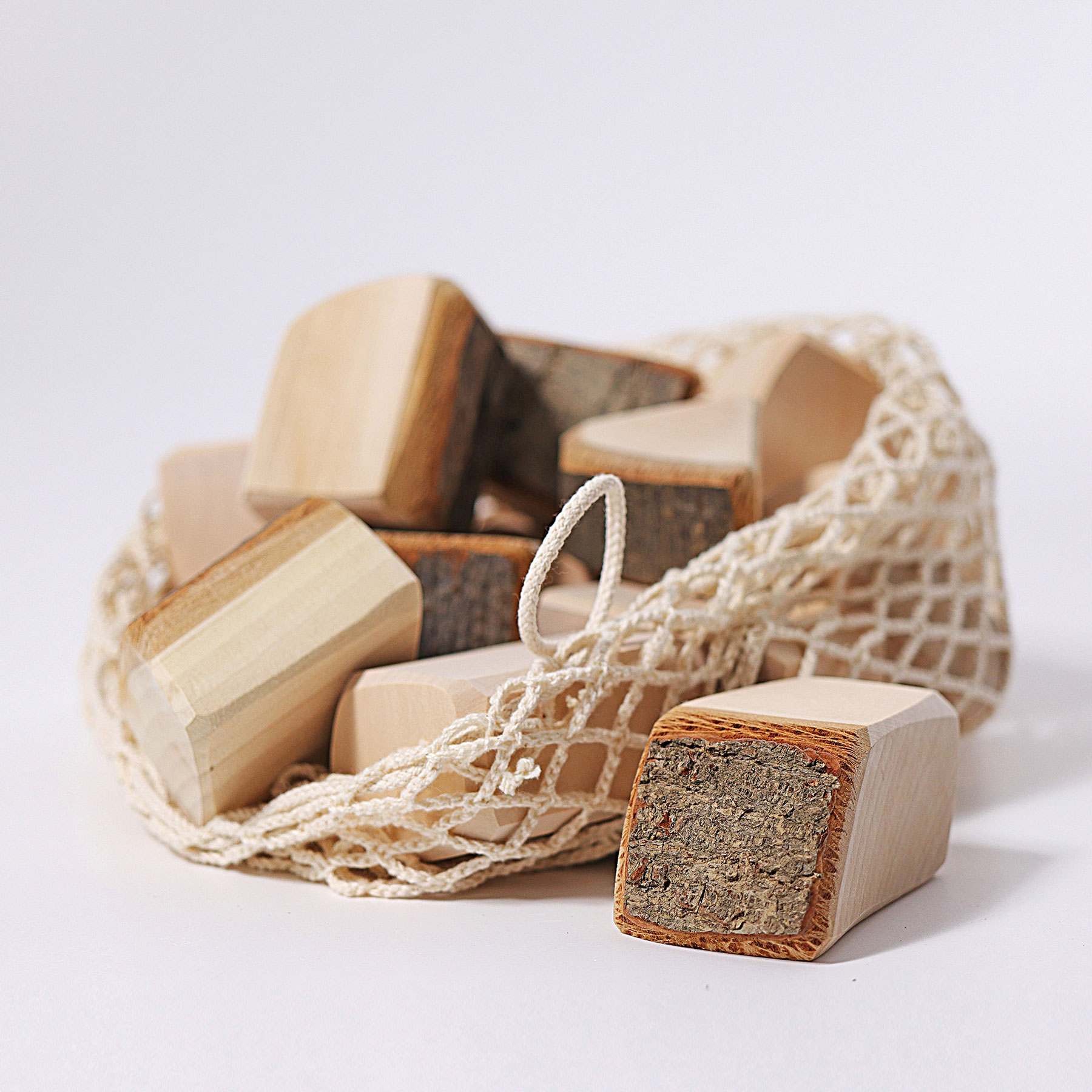 €34.90*
€34.90* -
 €30.95*
€30.95* -
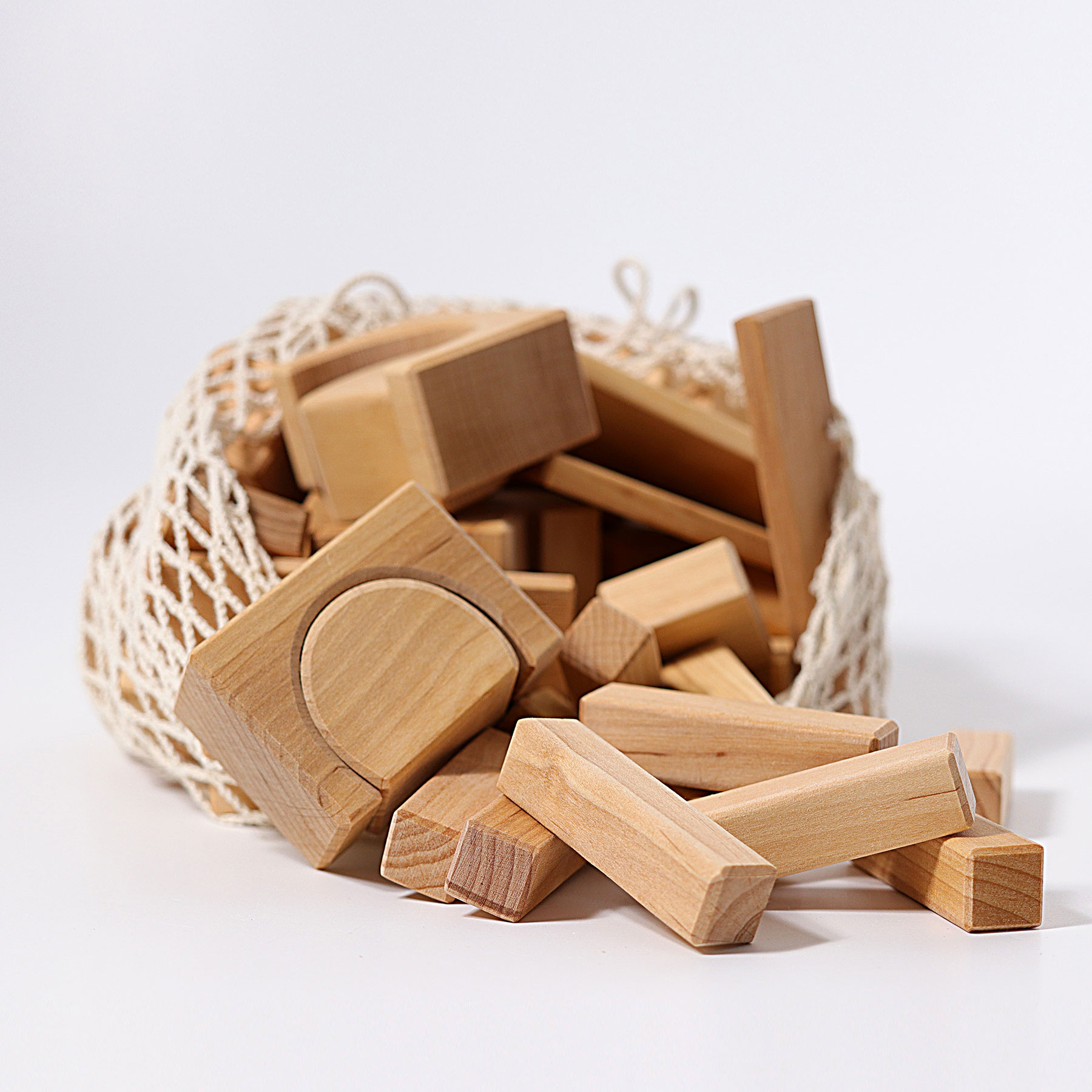 €64.95*
€64.95* -
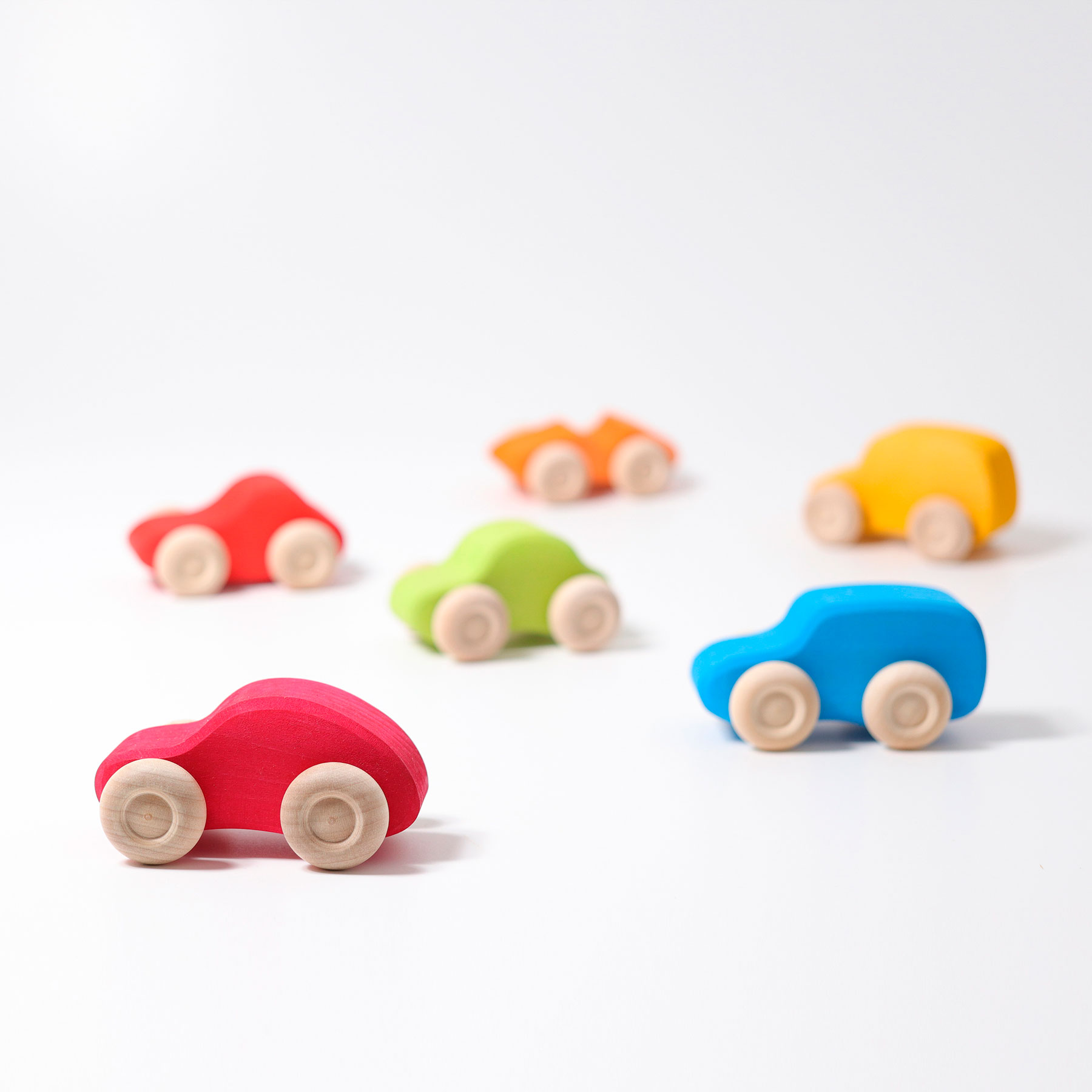 €67.50*
€67.50* -
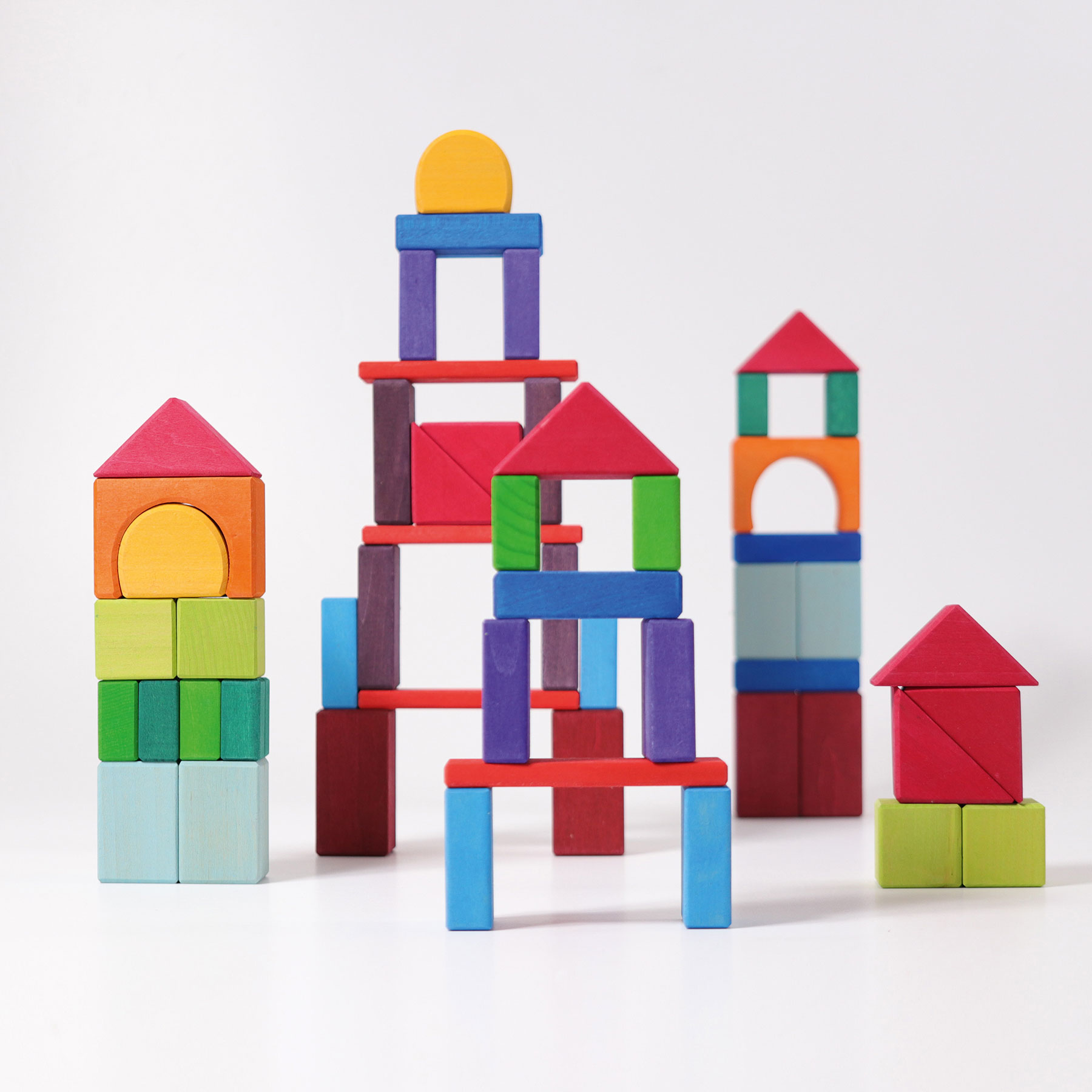 €64.95*
€64.95* -
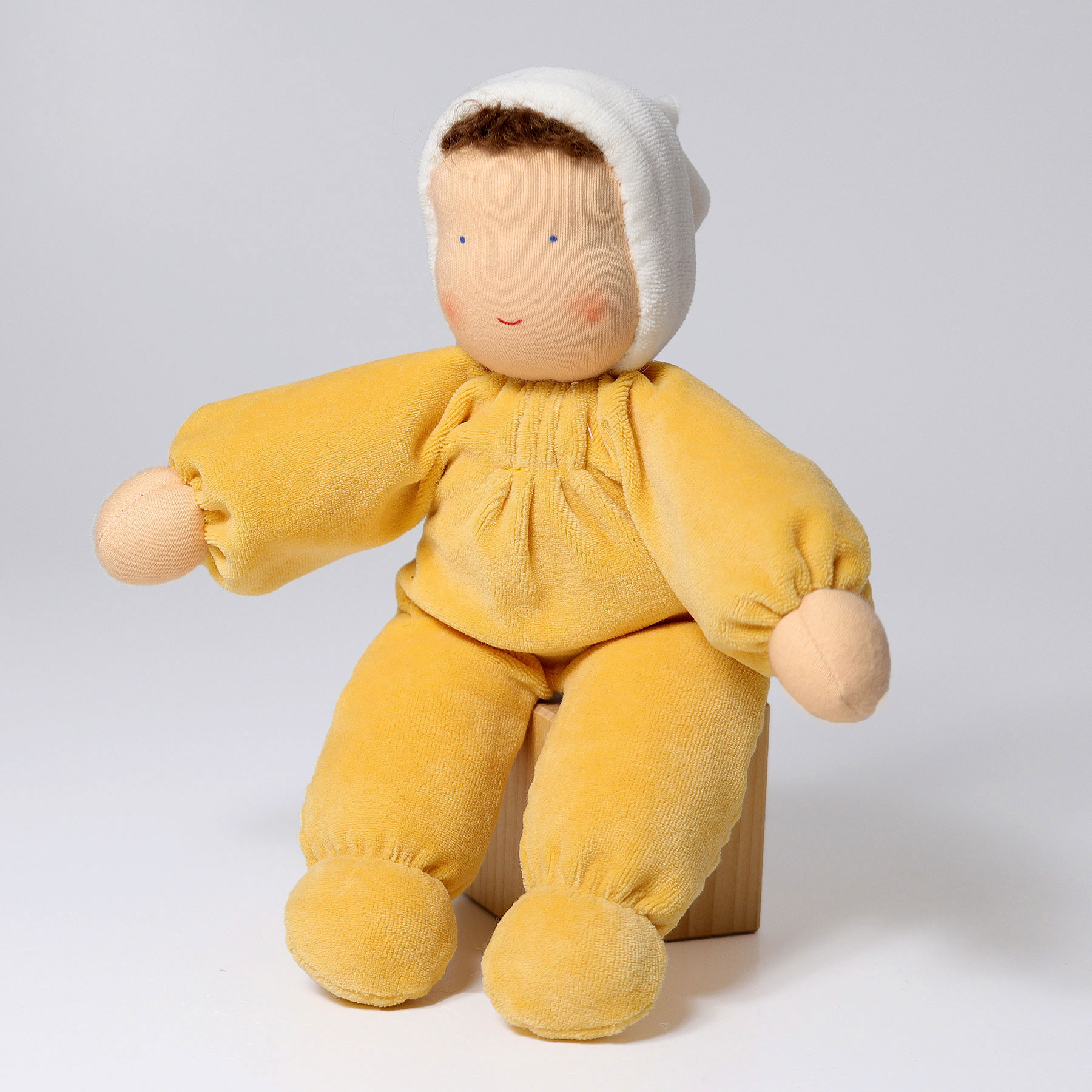 €52.90*
€52.90*
